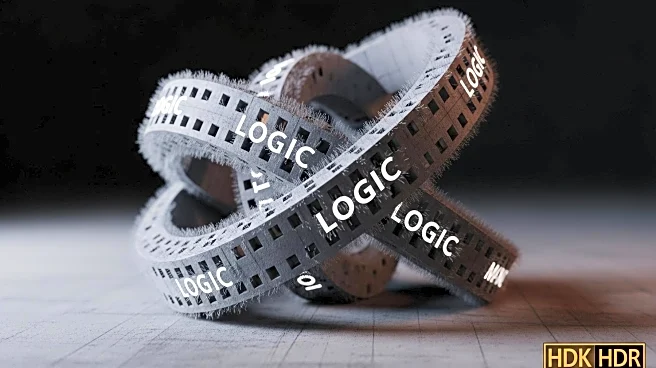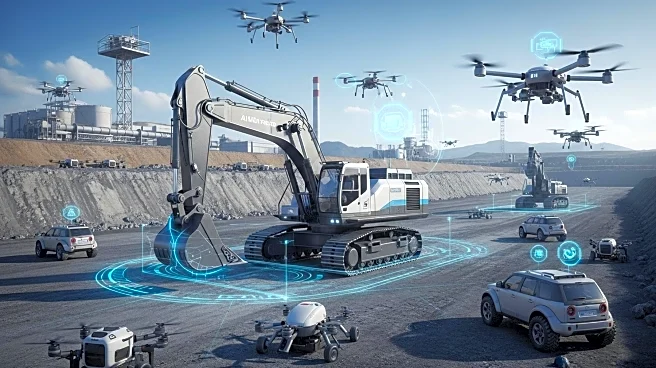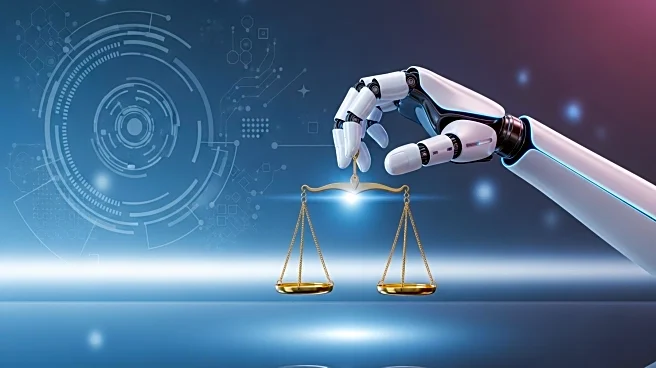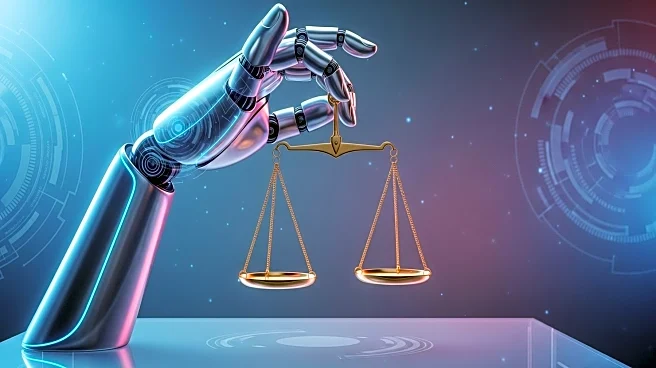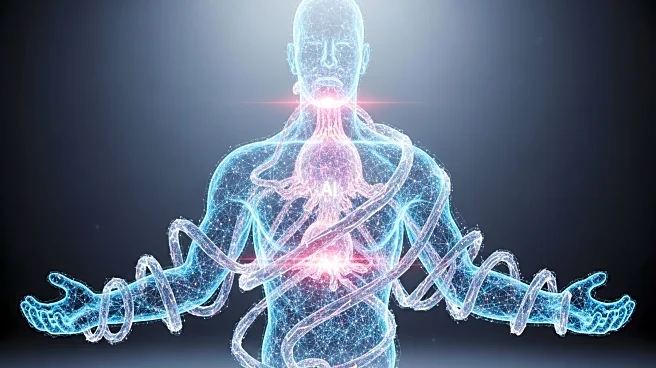What's Happening?
A study published in Nature introduces an intelligent calibration method for microscopic parameters in the discrete element method (DEM) using ensemble learning. The research focuses on block discrete element models for uniaxial compression, triaxial compression, and Brazilian splitting tests for rocks. The study employs Voronoi tessellation to create elastic blocks, simulating displacement-weakening of contact by loss of cohesive and tensile strength. The calibration process uses machine learning models, including LSTM, Random Forest, and XGBoost, optimized through grid search. The study aims to improve the accuracy of DEM simulations by correlating microscopic parameters with macroscopic failure behaviors.
Why It's Important?
The introduction of intelligent calibration methods in DEM simulations represents a significant advancement in geotechnical engineering and material science. By enhancing the accuracy of simulations, researchers can better predict material behavior under various stress conditions, leading to improved design and safety in construction and mining industries. The use of ensemble learning models in this context demonstrates the growing integration of AI in scientific research, potentially accelerating innovation and reducing experimental costs.
What's Next?
The study's findings may lead to broader adoption of AI-driven calibration methods in DEM simulations across various industries. Researchers and engineers could leverage these methods to refine material models, improving predictions of structural integrity and performance. The approach may also inspire further research into AI applications in other areas of material science and engineering.
Beyond the Headlines
The use of AI in DEM simulations highlights ethical considerations regarding the reliance on machine learning for critical safety assessments. Ensuring transparency and accountability in AI-driven research is essential to maintain trust in scientific findings. The study may also prompt discussions on the role of AI in transforming traditional research methodologies.

